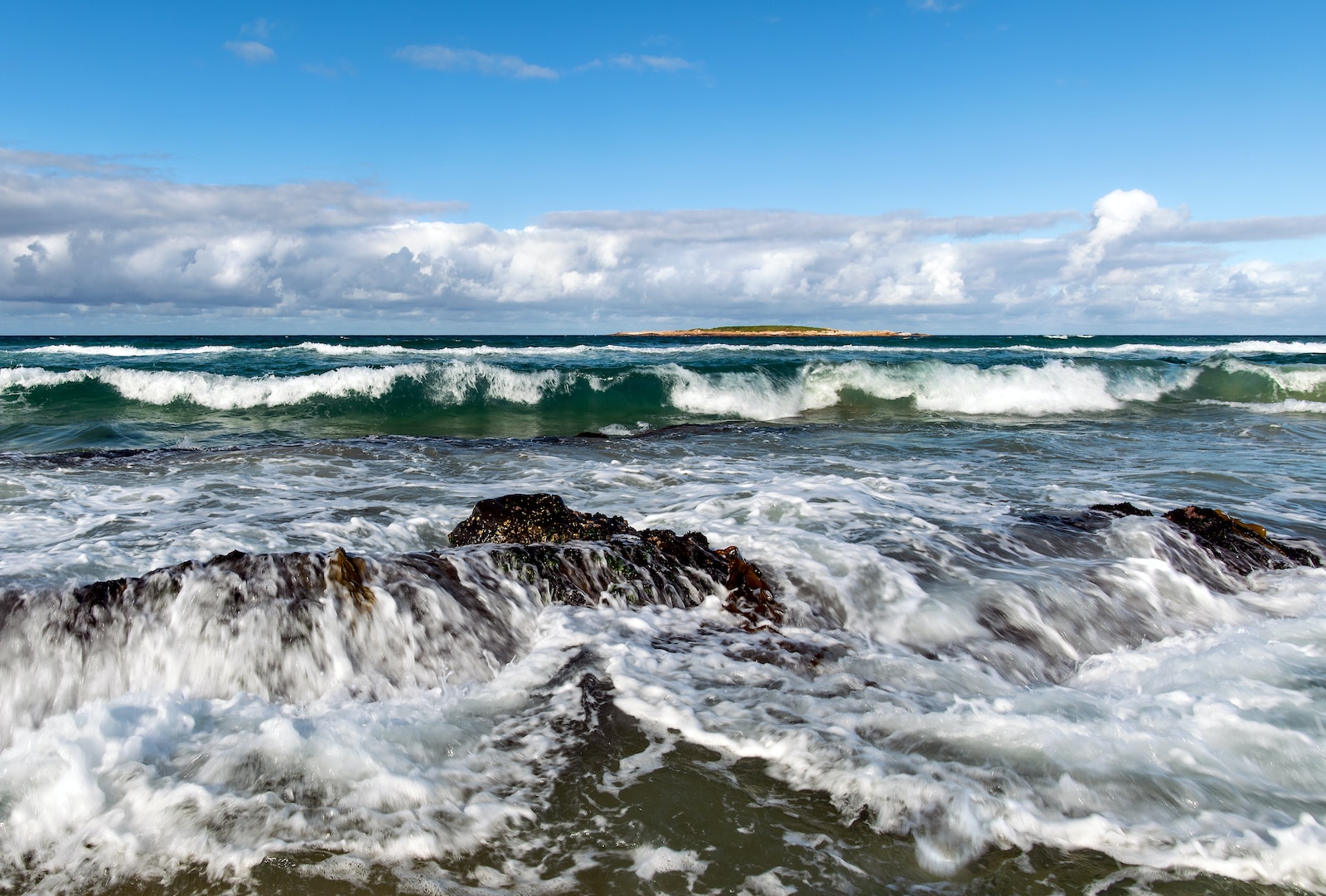Filey Beach is a popular destination for both locals and tourists who enjoy beautiful scenery and seaside activities.
However, one question that visitors often ask is whether it’s possible to walk on the beach during high tide.
High tide can bring strong waves and currents, making it difficult or even dangerous to walk along the shoreline.
In this article, we’ll explore whether it’s safe to walk on Filey Beach during high tide and what precautions visitors should take to ensure their safety.
Location / Accessibility of Filey Beach
Filey Beach is located on the East Coast of England, in the town of Filey, North Yorkshire.
The beach is easily accessible by car, with ample parking available nearby.
For those using public transport, Filey train station is just a 15-minute walk away from the beach.
The beach itself stretches for five miles, providing plenty of space for visitors to spread out and enjoy the beautiful views of the North Sea.
The beach also has a range of amenities including public restrooms, cafes, and shops.
Its accessibility and range of facilities make it a popular destination for families and beachgoers of all ages.
Tides on the Filey Beach – When to Walk Safely
Tides are an important consideration for those planning to walk on Filey Beach.
It’s important to check the tide times before visiting the beach, as the water level can rise quickly during high tide and make it difficult to walk on the beach safely.
The best time to walk on Filey Beach is during low tide when the beach is at its widest and there is plenty of space to explore.
Visitors can check tide times online or consult a local tide timetable.
It’s also important to be aware of the weather conditions, as strong winds or heavy rain can create hazardous conditions on the beach.
By keeping an eye on the tide times and being aware of the weather, visitors can ensure that they have a safe and enjoyable experience walking on Filey Beach.
Recommended Footwear for Safety
The type of footwear worn while walking on Filey Beach can also impact safety.
It’s important to wear appropriate footwear that can provide good traction and grip on both wet and dry sand.
Sandals, flip-flops, or any footwear with a smooth sole can be slippery and increase the risk of slips, trips, and falls.
Closed-toe shoes with rubber soles or hiking shoes are recommended, as they provide good grip and support for walking on the beach.
Visitors should also be aware of any sharp objects or debris on the beach, such as rocks or shells, which can cause injuries.
Wearing sturdy footwear can help protect against these hazards and ensure a safe and enjoyable experience on Filey Beach.
Hazards to Watch Out for on Filey Beach
While Filey Beach is a beautiful destination for seaside activities, visitors should be aware of potential hazards that can impact safety.
One hazard to watch out for is strong currents, especially during high tide.
The currents can quickly pull people out to sea, making it difficult to return to the shore.
Visitors should always swim in the designated safe areas and never swim alone.
Another hazard to be aware of is hidden rocks or underwater obstacles that can cause injuries.
It’s important to be cautious while walking in the water and to avoid diving headfirst into the sea.
Additionally, visitors should watch out for changes in weather conditions, such as sudden storms or heavy rain, which can create hazardous conditions on the beach.
By being aware of these potential hazards and taking necessary precautions, visitors can ensure a safe and enjoyable experience on Filey Beach.
Other Safety Tips for Walking at High Tide
In addition to wearing appropriate footwear and being aware of potential hazards, there are a few other safety tips to keep in mind while walking on Filey Beach at high tide.
- First, always check the tide times before heading to the beach and plan accordingly.
It’s best to visit during low tide when the beach is wider and there is more space to walk safely.
- Second, always stay aware of your surroundings and keep an eye on the water level.
If the water is rising quickly, it’s time to head back to higher ground.
- Third, never turn your back on the sea.
Waves can come in suddenly and unexpectedly, so it’s important to always face the sea while walking on the beach.
- Fourth, always carry a charged phone with you in case of an emergency.
If you do find yourself in trouble, call for help right away.
- Finally, if you are unsure about the safety of walking on the beach at high tide, it’s always best to err on the side of caution and wait until conditions are more favorable.
FAQs
Is it safe to walk on Filey Beach during high tide?
It is not recommended to walk on Filey Beach during high tide, as the water level can rise quickly and make it difficult to walk on the beach safely.
When is the best time to walk on Filey Beach?
The best time to walk on Filey Beach is during low tide when the beach is at its widest and there is plenty of space to explore.
What should I wear while walking on Filey Beach?
It’s important to wear appropriate footwear that can provide good traction and grip on both wet and dry sand. Closed-toe shoes with rubber soles or hiking shoes are recommended.
Are there any hazards to watch out for on Filey Beach?
Yes, visitors should be aware of potential hazards such as strong currents, hidden rocks, and sudden changes in weather conditions.
Where can I check the tide times for Filey Beach?
Tide times for Filey Beach can be checked online or consulted from a local tide timetable.
Can you travel by foot from Primrose Valley to Filey during high tide?
When you get to Primrose Valley, the path drops down to the shore. It’s a lovely walk back along the beach, even if the map directs you to go the same way, along the cliffs. If you choose to conduct this on the beach, be sure to check the tide times and avoid doing it at least two hours before or after high tide.

